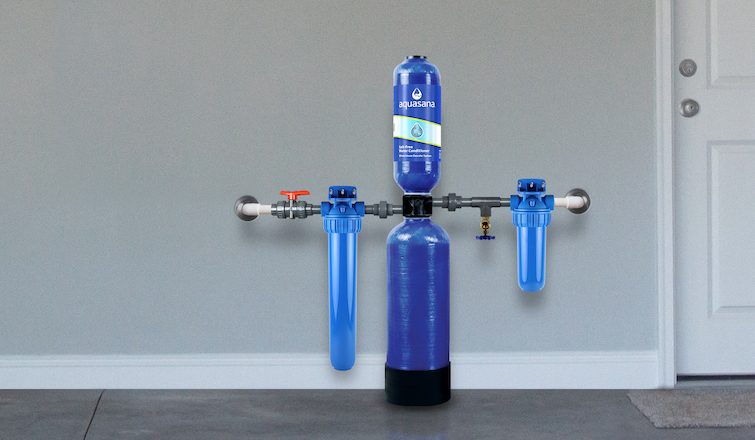
Water Softener Installation is a vital step for households dealing with hard water. Hard water, marked by high mineral content, mainly calcium and magnesium, can cause several problems, such as scaling in plumbing and appliances, decreasing their effectiveness and lifespan. Installing a water softener can efficiently handle this issue. These devices function by exchanging the calcium and magnesium ions in the water with sodium ions, thereby softening up the water. While the process of installation, which involves linking the water softener to your home’s water supply line, might seem straightforward, it is recommended to employ a professional to make sure safe installation and correct installation.
PSL Water Guy</2>
On the other hand, Reverse Osmosis and Water Treatment are essential to purifying water and making it safe for consumption for drinking. Reverse Osmosis is a method that cleans water by pushing it through semi-permeable membrane filter under high pressure, efficiently removing up to 99% of dangerous substances, including salts in water, bacteria, and pyrogens. Treating water, a more general term, includes several methods like disinfection, filtering, and distilling, each with its individual pros. The choice of method of methodology is based on the certain needs of the water source of water and its purpose, underscoring the importance of frequent water quality testing.
In today’s world, the significance of pure, secure, and softened water cannot be overstated. This post will examine three crucial facets of water filtration: Water Softener Installation, RO, and Water Purification.
Water Softening Setup
Water softening systems are vital for homes with hard water. Hard water includes high levels of minerals like calcium and magnesium ions, which can lead to scaling in pipes and devices, decreasing their effectiveness and lifespan.
Setting up a water softener is a pragmatic answer to this challenge. A water softener works by replacing the calcium ions and magnesium ions in hard water with sodium ions, effectively softening the water. The installation method involves linking the water softener to your house’s water supply line. It’s advised to hire a expert for the setup to make sure it’s performed right and securely.
Reverse Osmosis
Reverse Osmosis is one more well-liked technique for purifying water. It works by forcing water throughout a semi-permeable membrane under pressure. This process eliminates up to 99 percent of dissolved in water salts in water, particles in water, organics, bacteria in water, and pyrogens from the water, rendering it safe to drink for consumption.
Reverse Osmosis systems are commonly utilized in both of residential and business settings. They are relatively simple to install and keep, offering a dependable source of purified water.
Water Treatment
Water purification is a vast term that encompasses various methods used to make water safer to use for human consumption. In addition to water softening and RO, other common common water treatment methods involve disinfecting (using chlorine treatment or UV light), filtration, and distilling.
Each technique has its benefits and is employed based on the certain requirements of the water source and its intended usage. Frequent testing of of water quality of water is crucial to ascertain the most efficient treatment methodology.
Wrap-up
In summary, water softening setup, reverse osmosis, and water treatment are all vital facets of making sure access to cleaned, safe, water. By grasping these methods, we can take informed decisions about our water usage and purification, contributing to better lives and a better world.
We found this article on May 11, 2024 at 02:10PM at via 79 Top-Rated PSL Water Guy
Comments
Post a Comment